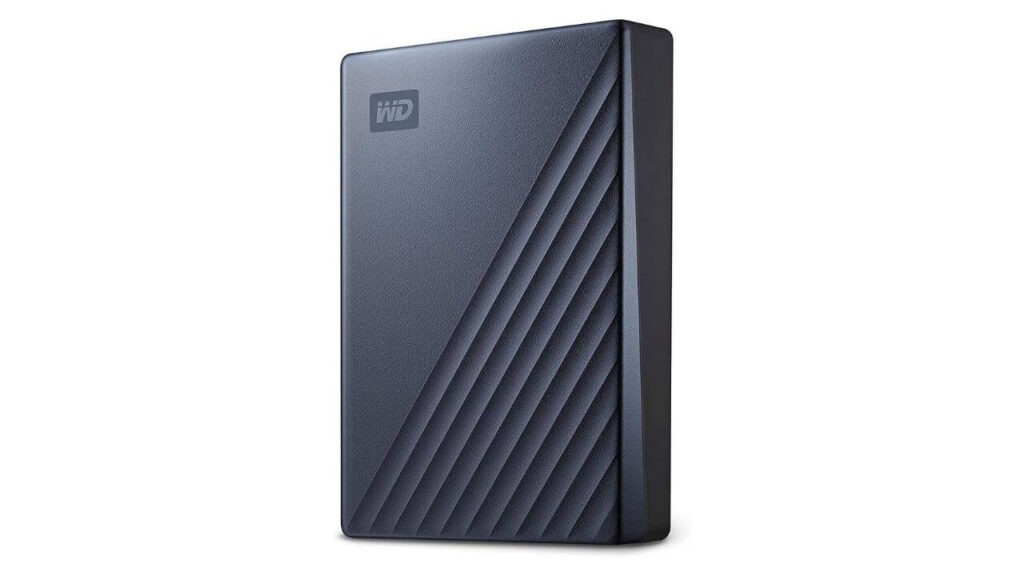

- #Best external hard drive for macbook air 2021 how to#
- #Best external hard drive for macbook air 2021 mac#
Many external hard drives have USB 3.0 connections, but since MacBooks and Mac accessories rely on the power and data transfer speed of USB-Cs, USB Type-C or Thunderbolt 3 or 4 connections are certainly favorable. Finding one that’s not only affordable, but has enough storage space – a minimum of 1TB is highly recommended – for your present and future needs is definitely ideal, even if you have more than enough money to splurge for something expensive.Īnother deciding factor, however, is the connection. Of course, those two things are absolutely vital. When choosing the best external hard drive for your Mac, you need to consider other things beyond storage capacity and price.
#Best external hard drive for macbook air 2021 how to#
How to choose the best external hard drives for Mac for you? You might also want to check out the best PS5 external hard drives. The iStorage diskAshur comes with a charger, USB 3.0 cable, and 4 plug adapters that ensure it can be used all across the globe. It's more pricey than the other drives of its capacity, but the extra security it offers will be well worth it for many people. When you consider all that extra security, the prices will not scare you away either. What's more, the data is encrypted by the 256-bit AES protocol, with multiple forms of protection in place to ensure the bad guys do not get in no matter how persistent. If someone tries to tamper with your iStorage drive, you can configure it to self-destruct. If there are any, First Aid will fix them, and macOS should then mount the disk without any further hassle.If you are worried about people getting access to your data if your external hard drive is stolen, than you will like the iStorage drive here. Running First Aid on an external disk is a useful way to make sure the format or file structure doesn’t contain any faults or issues. Select Run to perform disk diagnostics and fix any issues.Open Utilities and Disk Utility, highlight the grayed-out volume, and select First Aid in the top center.If this doesn’t work, you may need to use the Verify Disk utility to make sure everything is working as it should. Open Finder and navigate to the drive in Devices.The volume should shift from gray to normal to signify it has been mounted. Highlight the volume and select Mount.If a volume is present but not mounted, it should be grayed out here. Check for a volume if the disk is present.Then, open Utilities > Disk Utility and make sure the disk is listed in the left window.



Change the hard drive power cable if you have a spare.Check the condition of the cable and swap it if you have a spare.Check that the external hard drive has power if it needs it.Check that the cable from the hard drive to your Mac is connected properly.After all, no one wants to waste half a day because they didn’t realize something just wasn’t plugged in properly. Get into the habit of doing this with any computer issues, as it can save time, money, and hassle in the long run. Troubleshooting an External Drive with a Mac First, we will check the basics, and from there, we make sure that macOS is set up to display external drives, can mount the drive, and that the drive has no errors on either the disk itself or its file structure. If your external drive still doesn’t appear, we have a couple of simple troubleshooting tips to fix an external hard drive not showing up on Mac.


 0 kommentar(er)
0 kommentar(er)
